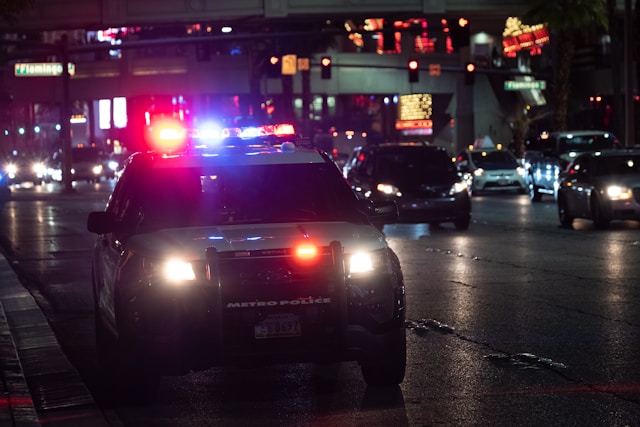Blue lights flashed in the early hours as Highway 11 northbound sat silent, its usual pulse of transport stilled by the aftermath of a crash no one saw coming. An Ontario Provincial Police cruiser, parked to protect an already fractured scene, became the next casualty.
Shortly after 3 a.m. on August 10, an officer stationed near Line 1 in Oro-Medonte was struck while conducting traffic control for a prior collision. As drivers slept and the township lay in darkness, a vehicle bypassed the closure, colliding with the cruiser and sending one more first responder to hospital. The officer was treated for minor injuries and released—bruised, no doubt, but not beaten.
Behind the wheel, according to police, was a 23-year-old Mississauga resident now facing impaired driving charges. Authorities allege alcohol and drugs played a role, with blood-alcohol readings exceeding the legal threshold. In the fallout, her licence has been suspended for 90 days, her vehicle impounded for a week, and a court date in Orillia awaits.
For hours, the Technical Collision Investigation Unit combed the asphalt, mapping out the chain of missteps that led here. Meanwhile, traffic backed up, and residents—those who rely on this arterial highway—were reminded just how quickly routine can turn to risk. No grand pronouncements from police, only a request: anyone with dashcam footage or new details, come forward. It is a plea for shared vigilance in a community already weary of headlines shaped by preventable tragedies.
Impaired driving, despite countless warnings and campaigns, continues to test the resolve of law enforcement and neighbours alike. The ripple of one reckless choice moves well beyond a dented cruiser or a closed stretch of pavement. It raises an uncomfortable question: how many reminders will it take before the message finally lands?
References:
Police cruiser struck by alleged impaired driver in Oro-Medonte

